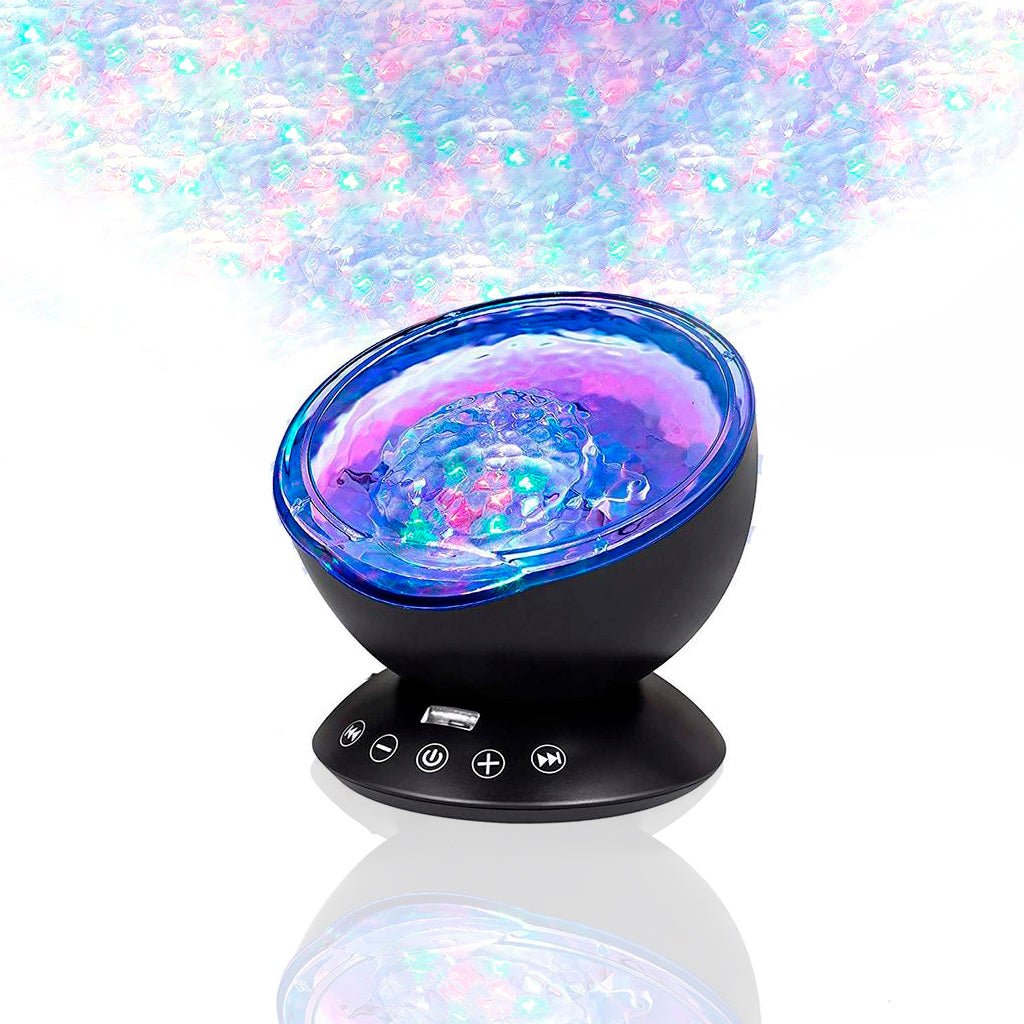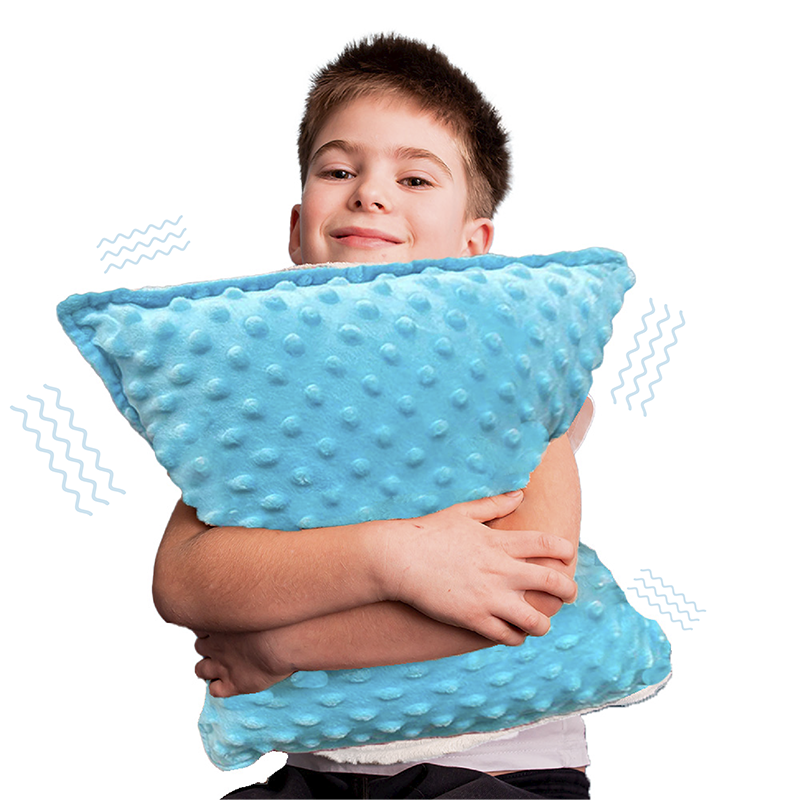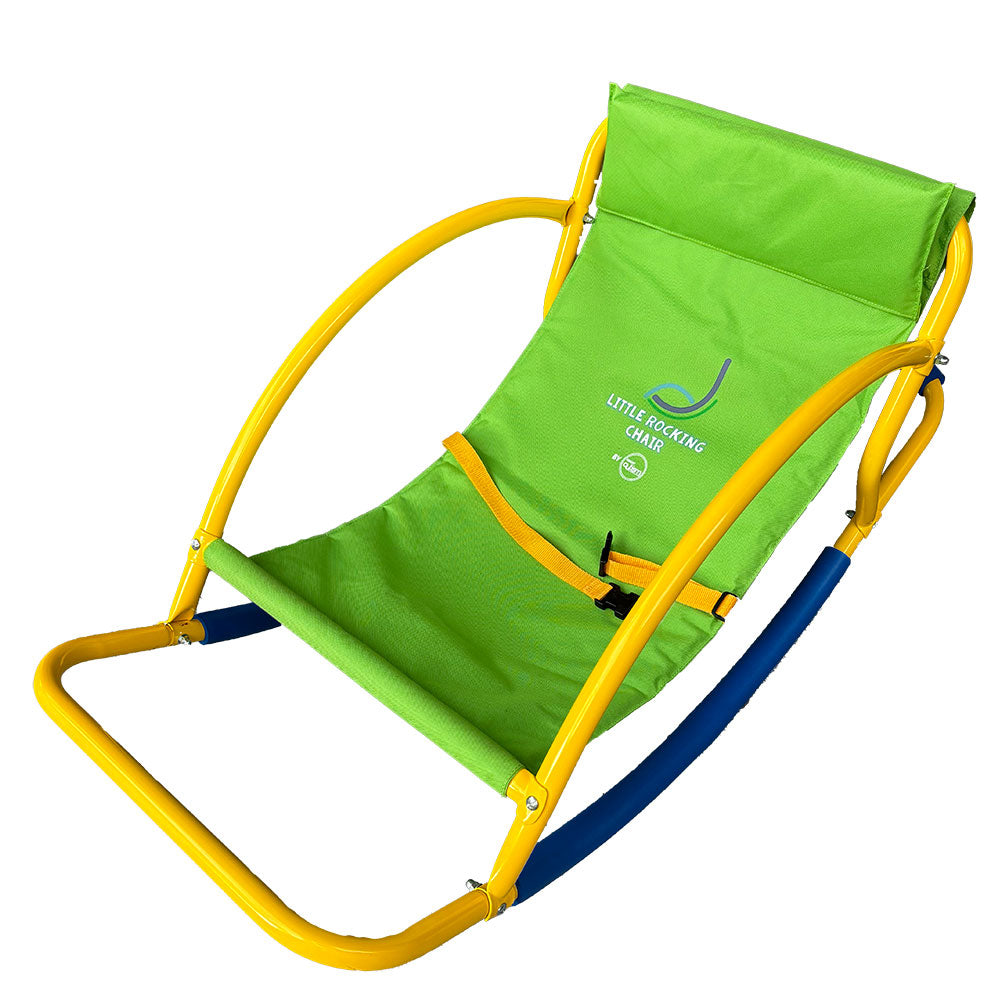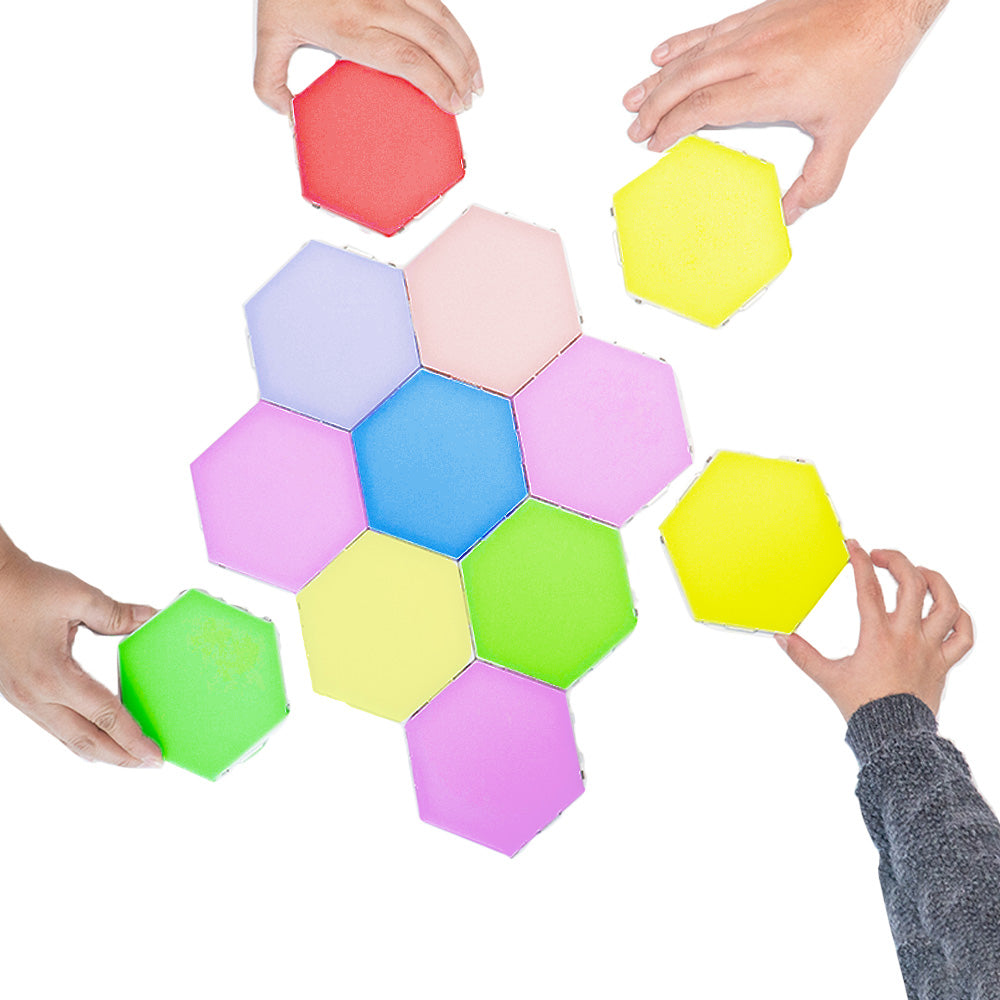
A groundbreaking study has leveraged advanced three-dimensional motion-capture technology to identify subtle differences in gait patterns among children with autism. Conducted by a team of researchers, this study marks an essential milestone in the understanding of physical manifestations of the disorder.
The study, published in the journal Clinical Biomechanics, contrasted the gait of 12 children with autism against 22 typically developing peers. This technology, initially designed for film animation, like creating characters in Lord of the Rings and The Polar Express, provided detailed metrics on the hip, knee, and ankle movements, revealing distinctions not observable to the naked eye.
This effort, spearheaded by Victoria Chester, an associate professor of kinesiology at the University of New Brunswick, represents a novel exploration of sensory motor issues in autism. Her previous work involving similar technology in children with cerebral palsy laid the groundwork for this innovative research.
The Importance of Physical Assessment in Autism
Traditionally, autism research has centered on social and communication challenges, somewhat overshadowing physical aspects, including gait anomalies. Chester emphasizes that comprehensive analyses of gait patterns have been largely absent in this field, which prompted her to initiate the study.
It's worth noting that sensory-motor issues have not been given the same level of scrutiny as other symptoms in the Diagnostic and Statistical Manual of Mental Disorders. This gap in the research has led to delayed recognition and intervention for motor deficits in autistic individuals.
According to Isabel Rapin, professor of neurology and pediatrics at the Albert Einstein College of Medicine, the exclusion of motor deficits from core autism symptoms has been a significant oversight. Understanding these sensorimotor issues is crucial for a holistic approach to autism treatment and management.
Innovative Tools for Detailed Analysis
This research stands out for its use of reflective markers placed on various parts of the body, with cameras tracking these markers to generate a 3D image of the child's movement. These images contribute to a comprehensive understanding of the entire gait cycle, from initial foot contact through the swing and stance phases.
Combining this data with forces measured by plates embedded in the lab floor, the researchers could analyze kinetics, or the forces generated by muscles during movement. This could lead to more targeted therapies for children with motor issues.
“One-third of the children with autism in our study exhibited hypotonia, or low muscle tone,” Chester notes. This condition often results in weaker calf muscles, influencing ankle movements and necessitating more steps per gait cycle to maintain balance.
Interpreting the Findings
While these results are illuminating, their clinical applications remain ambiguous. Developmental neuroscientist Gianluca Esposito highlights that even though the motor assessments are significant, the small sample size and lack of comprehensive diagnostic information limit the generalizability of the findings.
Esposito's research has similarly identified differences in walking patterns in toddlers with autism, reinforcing the utility of motor assessments in early detection and intervention. Nevertheless, the current study did not address common gait issues like toe-walking, which could be crucial for conclusive insights.
Moreover, alignment between specialists in gait analysis and autism researchers is rare, complicating the translation of biomechanical data into practical intervention strategies.
Future Directions in Gait Research
Encouragingly, the new study paves the way for more in-depth investigations. Scientists and clinicians must collaborate to bridge the gap between motor physiology and autism expertise. With further research, the sensory-motor aspects of autism can be better understood, leading to improved diagnostic tools and therapeutic interventions.
Rapin and others hope the study will stimulate increased attention to motor deficits in autism, areas that have long been overlooked. As we gain more knowledge about these physical symptoms, we can work towards comprehensive care strategies that address the full spectrum of autism characteristics.
The work of Chester and her team brings hope and a new perspective to tackling autism's complexities. Through continued innovation and interdisciplinary cooperation, we can aspire to provide better-targeted support and a deeper understanding of this multifaceted condition.
By integrating physical assessments into the broader autism diagnosis and treatment paradigm, there is potential for a more rounded approach that benefits the individual as a whole. Let's rally for more research, more collaboration, and a clearer path forward for our children.










Leave a comment